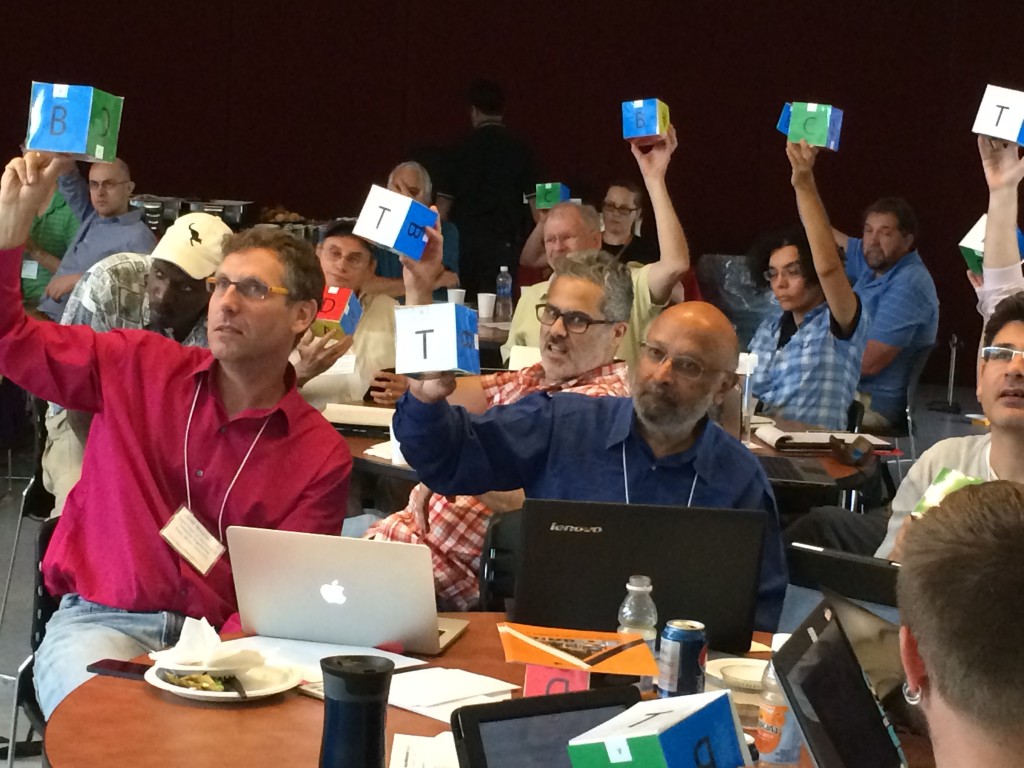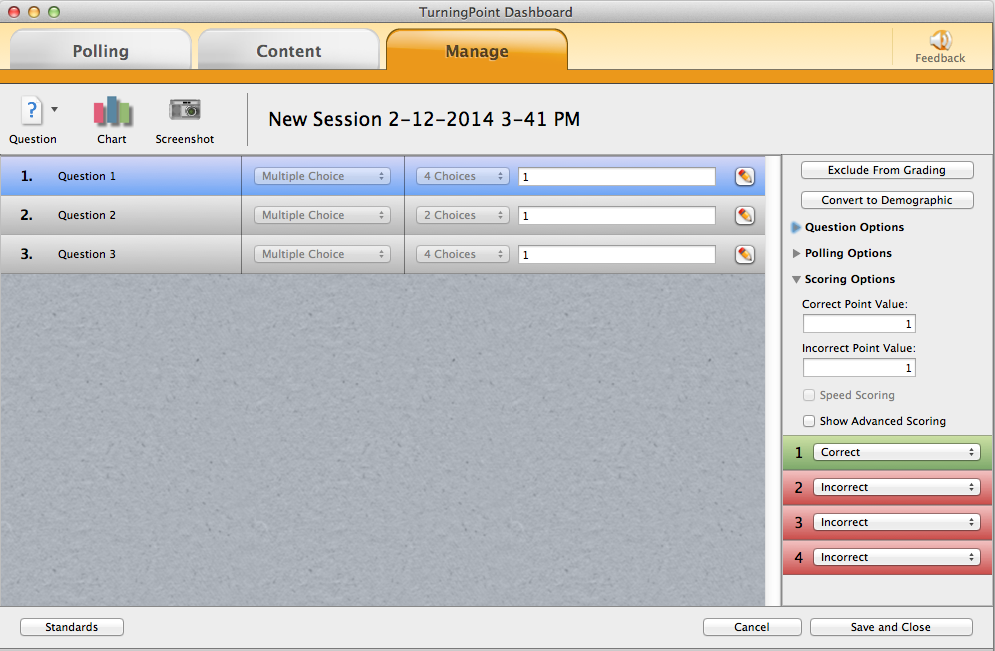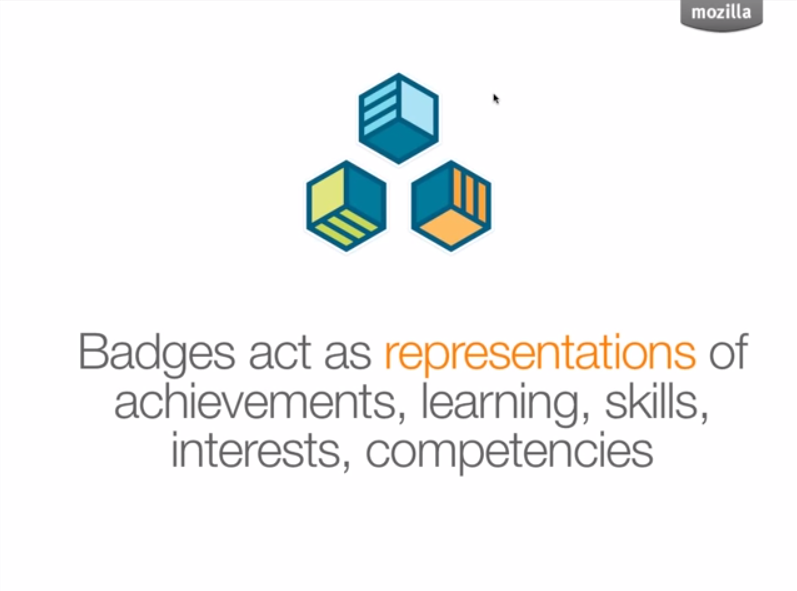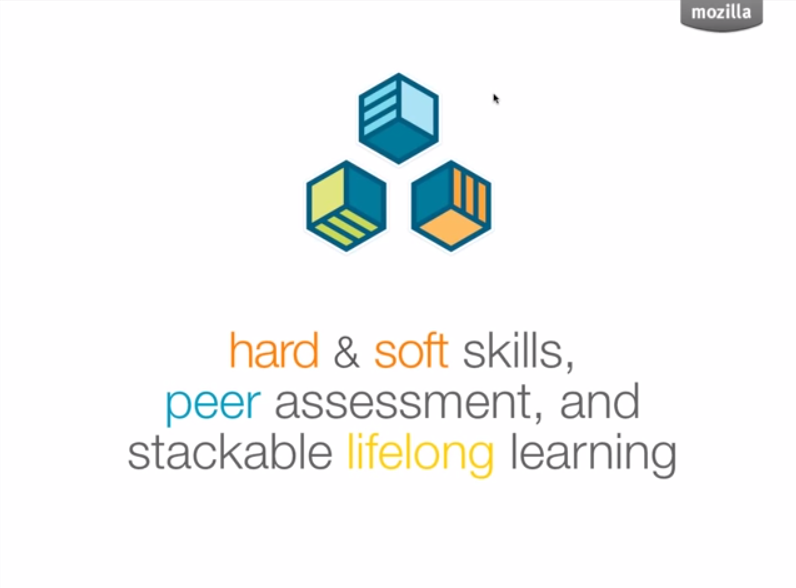We use clickers with an LMS – namely Blackboard (9.1.110082.0).
- When you use an LMS, you need to register your online Turning Technology account with your school email address and indicate that you are either an instructor or a student.
- Once registered as a student you can not start the TurningPoint Cloud program. So, if you have to use clickers for a class – and you have to run the software because you are a TA, you will need to use a non-university email to register as an instructor. You won’t be able to sync anything like your roster, because the email address isn’t associated with your LMS.
- No explanation has been giving for why allowing students to run the program is such a bad thing.
- Once registered as an instructor, you can not register a clicker.
- The instructions for how to use your license code that come in the box with a new clicker, contain instructions that are for students that do not use an LMS. Following them can result in needing Turning Technologies’s support people to assist.
Courses that have rosters of more than 400 people cannot successfully connect with the Turning Technologies server without experiencing a time out. This goes for downloading the participant list and also for uploading grades. Turning Technologies currently is manually delivering the participant lists to our instructors via a support account that has been entered into those classes as a TA or Instructor. They are working on this and need to fix it.Fixed by software update from company. On the other hand, maybe not. they are blaming our Blackboard “trafficking” on server time out issues.Courses with large enrollments also getting server errors when attempting to start responseware.Fixed by software update from company. ??- During the first two days of class, students were receiving messages when trying to register saying that the code was invalid – but this was only because their server was over welmed. Apparently it was actually taking the license. If a student tried again later, they would get a this code has already been used error.
- Due to the tightening of security on the turningpoint system, session files and participant lists can no longer just be shared with another person by dragging it out of the folder and attaching to an email or shared drive space. (Note course coordinators!) These files must now be exported with a password that you then share with whomever you want to be able to open the file.
- Also note previous post: https://you.stonybrook.edu/jadams/2014/08/26/turningpoint-cloud-is-damaged-and-cant-be-opened-you-should-move-it-to-the-trash/
- There is no longer a lookup device IDs for students who have registered in the Cloud only. I used to use the Device ID lookup tool quite often to assist with Lost and Found devices.
- Using RemotePoll for remote clicker sessions (we use it mostly for courses where we have more students than we can fit into one room. In this case we would stream the video into a second room and setup remote poll so that the students in the overflow room can still participate with the clickers), is now only between two windows machines over direct IP. It used to have to be on a windows box in the remote room, but could be mac on the presenter machine.
I will update this as issues are resolved. Our classes started on 8/25/14.














